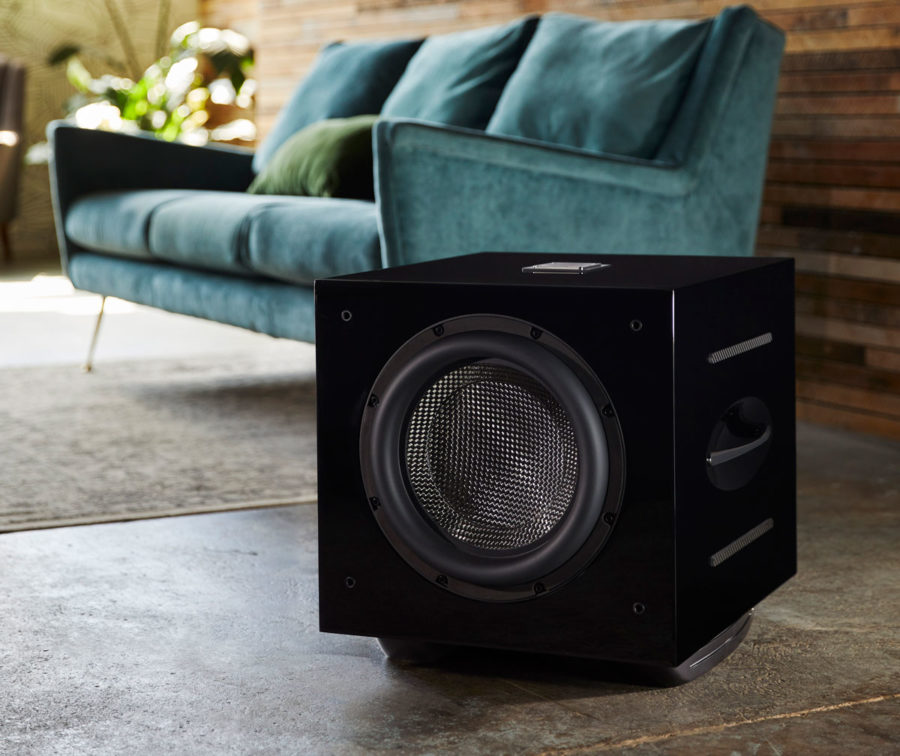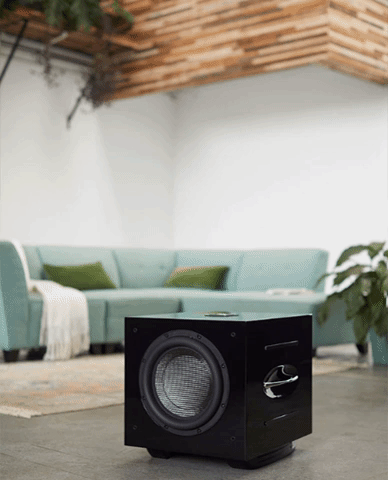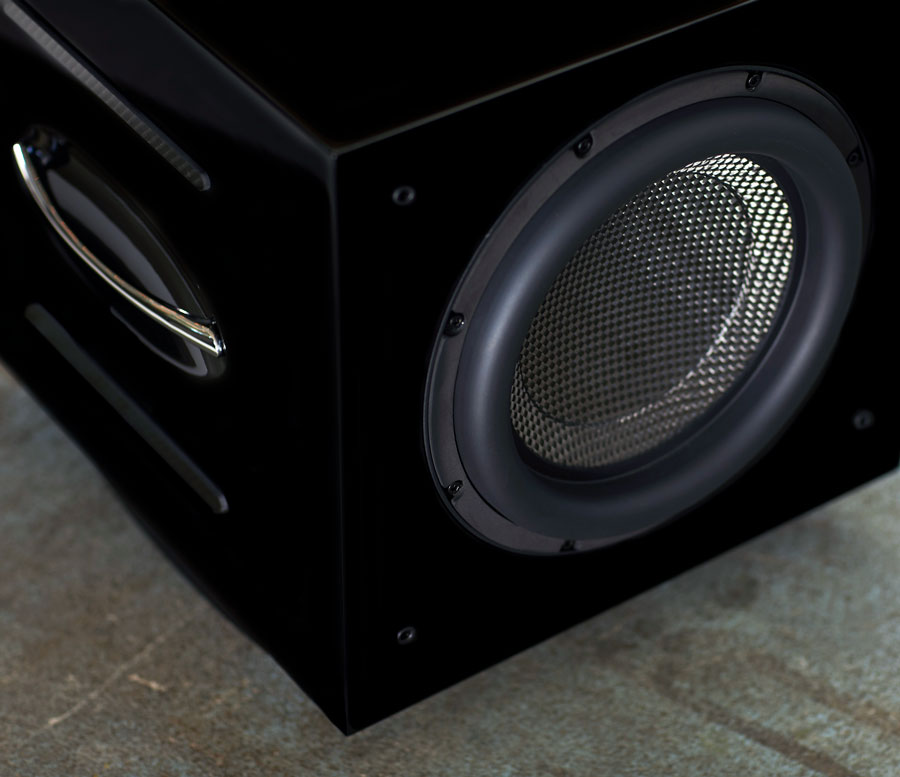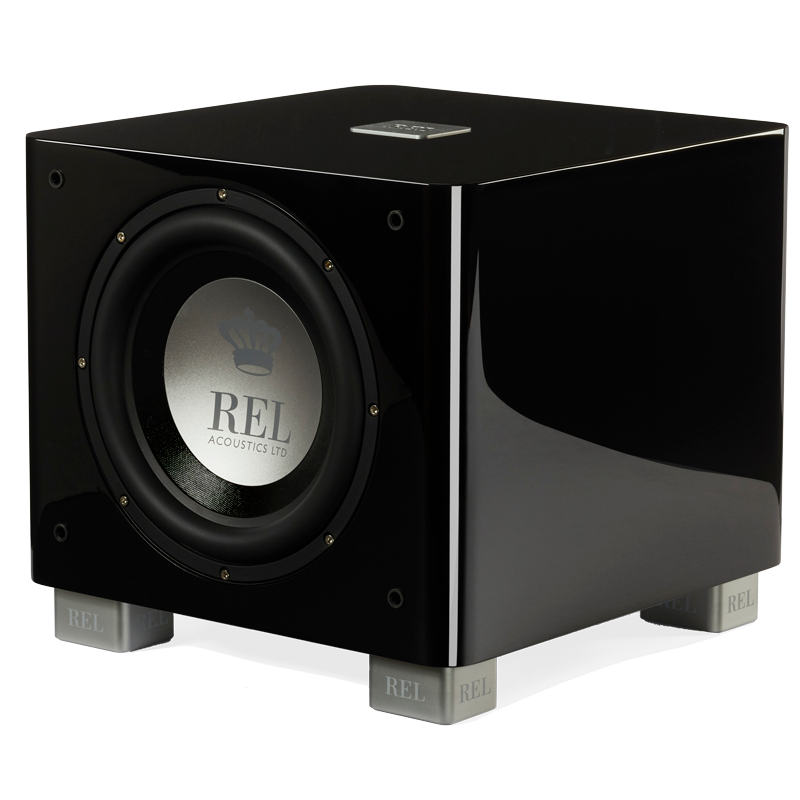Blog
The Making of Carbon Special
The Most Performance Possible in a Medium Chassis REL

In recent years, a new tradition has taken hold at REL; our special models ––ones destined to be either extremely short duration, true limited editions. These rarified subwoofers are where our design team gets to combine many of our best components: pure carbon fibre drivers, massively powerful amplifiers, crazy new filter topologies and bespoke styling to make some of the rarest and most desirable RELs of all time.
Part research project, part fantasy, these are where we get to ask the question “What would we build if we wanted something exquisite, limited production where our best instincts come together to form a best of all worlds scenario in a normal living space? Often one step back from the no-holds-barred exercises of our Reference line, these are more real world, less Rolls/Lamborghini, more M3 Lightweight in nature.
Carbon Special is the latest, and as its name implies, the most special limited edition to-date. It started as usual, me turning to Justin and saying “You know, this new S/812 is such a beast, it makes me wonder what would happen if we strapped the latest version of our 12”/350mm all carbon fibre BlackWidow™ driver into a similar chassis, let the horses run and pull a full 1,000 watts out of the amp like we do for the big No.25 and tweaked the filter set a bit…”. Seventeen months of continuous design and evolution later, we have a model destined to become the stuff of industry legend.
As my 19 year old daughter asked while watching Maze Runner, a dystopian scifi pic pitting resourceful teens against half cyborg/half organic killing creatures, “Dad, have you ever considered making your customers sign a release of liability form before you let them buy one of these?” Aah, I see all that money spent propping up the University of Washington is being put to good use creating yet another lawyer. Sigh.

So this was supposed to be easy, and, as usual, what starts off easy and comes together quickly at the beginning usually has hiccups later on. Grabbing a prototype of our newest G-1MKII driver and a No.25 amp was easy enough, the amp panel was too large to fit the 812 chassis so we grabbed a 212/SX as a jumping off point and started merrily along. Bolting in the BlackWidow required opening up the driver hole ––Joy. An hour+ later, Justin had it opened up nicely with about a 6’ square of sawdust coating the asphalt outside our repair shop. Humming along like Santa’s elves are we; plug this board in, power up that filter, attach the driver leads and…hmm, that’s not good. We have a 10 pound brick (the driver) in a size 8.5 cabinet (the bag). And the passive is getting the absolute s#*t kicked out of it by the combination of a far too powerful amp driving far too dynamic a driver.
So I did what I usually do, went home and slept on it —works everytime. When my conscious brain can’t sort out the problem, I turn it off. When the going gets tough, I go to sleep. Waking up, I rolled over, grabbed my iPhone, did a few calculations and realized that; a) we needed a far more capable passive than we had in our current parts bin and b) we needed more cabinet volume to accommodate the capabilities of the driver, after all I had designed the darned thing to work in a much more complex, larger cabinet for the G-1. So we ordered up a fresh cabinet to the corrected dimensions from our cabinet shop, set about designing a new passive radiator that could handle 50% deeper stroke in the new volume and ordered it up from our driver constructor.
While we were waiting, Justin and I got busy listening at more modest volumes to what the driver/amp/cabinet combo was trying to tell us. We got the PerfectFilter about 60% realigned by the time our new cabinet and passive arrived a couple weeks later, plugged it all together and could just hear the bones of something special beginning to emerge.
Three more generations of revisions to the passive, about 15 more generations of updating and progressively coaxing more safe power out of the amp while gently tickling the limiter, tweaking the elevation filters so that the flattest possible bass is achieved with incredible quickness and suddenly we’re 15 months into this “quck and easy” project.

Of course, along the way, all kinds of fun ideas for how to make something that is beginning to sound this special look the business are popping into my head, followed by similar endlessly painstaking fettling. A new badge created by taking God’s own ball-ended mill—basically a huge round, spinning cutter head–that cuts a perfect half sphere out of a huge, square chunk of billet T-356 aerospace aluminium. Then it turns out that the chrome doesn’t play nicely with the alloy, so we change up to highly polished stainless steel with deep stampings of the REL logo being de-bossed inside the spherical depression. Is this too much detail? No? Of course I added a simple carbon fiber bezel around this circle within a square motif just because such high polished contrast of chrome and piano lacquer really needs a little something calmer to keep things this side of gaudy. And carbon fibre side strakes that break up the monotony of sidewalls, suddenly rendered bland by the dimensional stretch we gave the cabinet to create enough internal volume for everything to play nicely together. The overall effect is classy, subtle, refined and elegant. More hand-tailored Savile Row suit than spandex and bling. It’s the subwoofer Pierce Brosnan’s 007 would be caught dead listening to.
So that’s the Carbon Special design evolution. Personally, I fully intend to purchase a stack of 6 to carry me into smaller quarters once the son leaves for higher education and we can downsize from our current castle into something closer to a pied a terre. This Carbon Special is special, very special. Grab a pair or a stack of them while you can. They’re easily fast enough to keep up with the finest electrostats and dynamic enough to underpin something delicious from the Houses of Wilson or Rockport.











